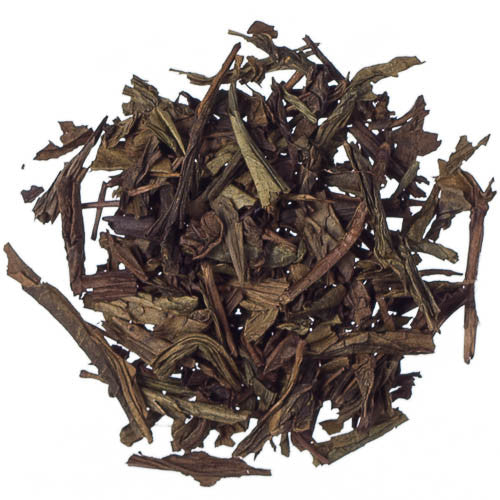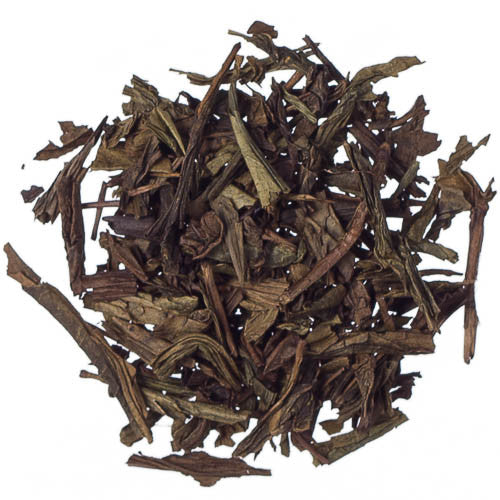1
/
of
1
Hojicha Gold Tea
Hojicha is a roasted green tea which gives it a nutty flavor with almost mocha like notes
THIS TEA SUPPORTS THE ETHICAL TEA PARTNERSHIP
All Camellia sinensis in our blends contributes to a fairer, more sustainable tea industry.
CAFFEINE CONTENT | MEDIUM
CUP PER OZ
10-12 cups per 1 oz
Couldn't load pickup availability
 1-2
1-2
Tea
Spoons


170-180°F
In 475 ml (8oz)

 2-4 mins
2-4 mins
 1-2
1-2
Teaspoons

 170-180°F
In 475 ml (8oz)
170-180°F
In 475 ml (8oz)

 2-4 mins
2-4 mins


Hojicha Gold Tea
- Regular price
-
$4.75 - Regular price
-
- Sale price
-
$4.75





